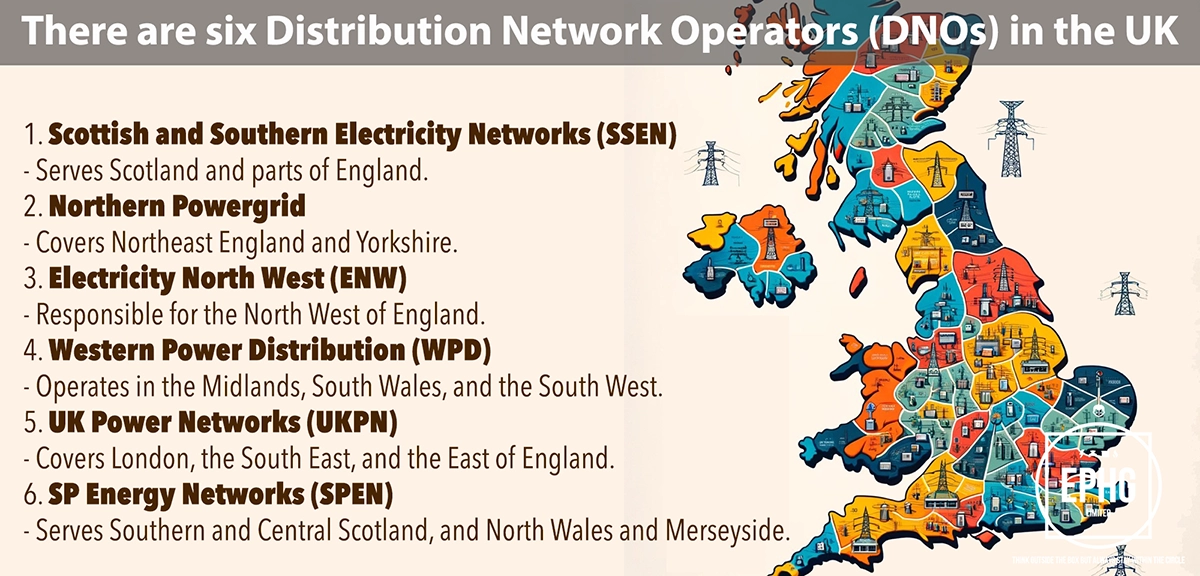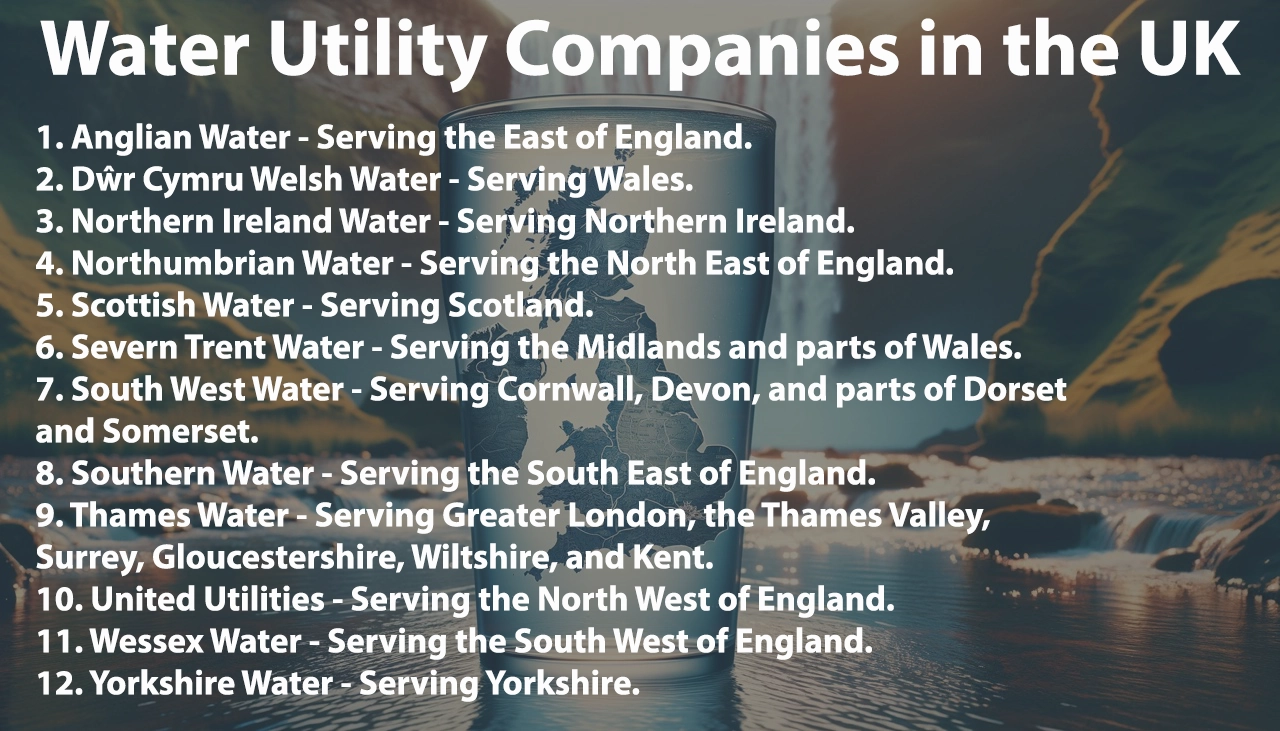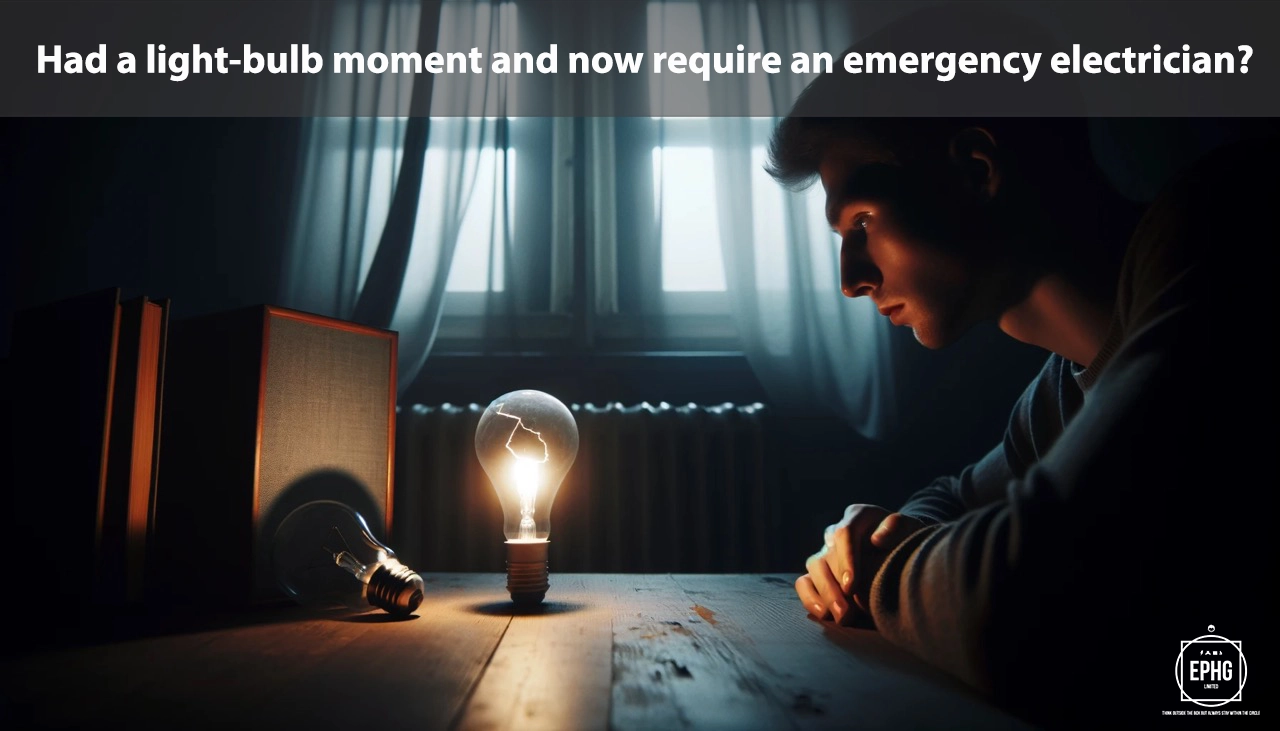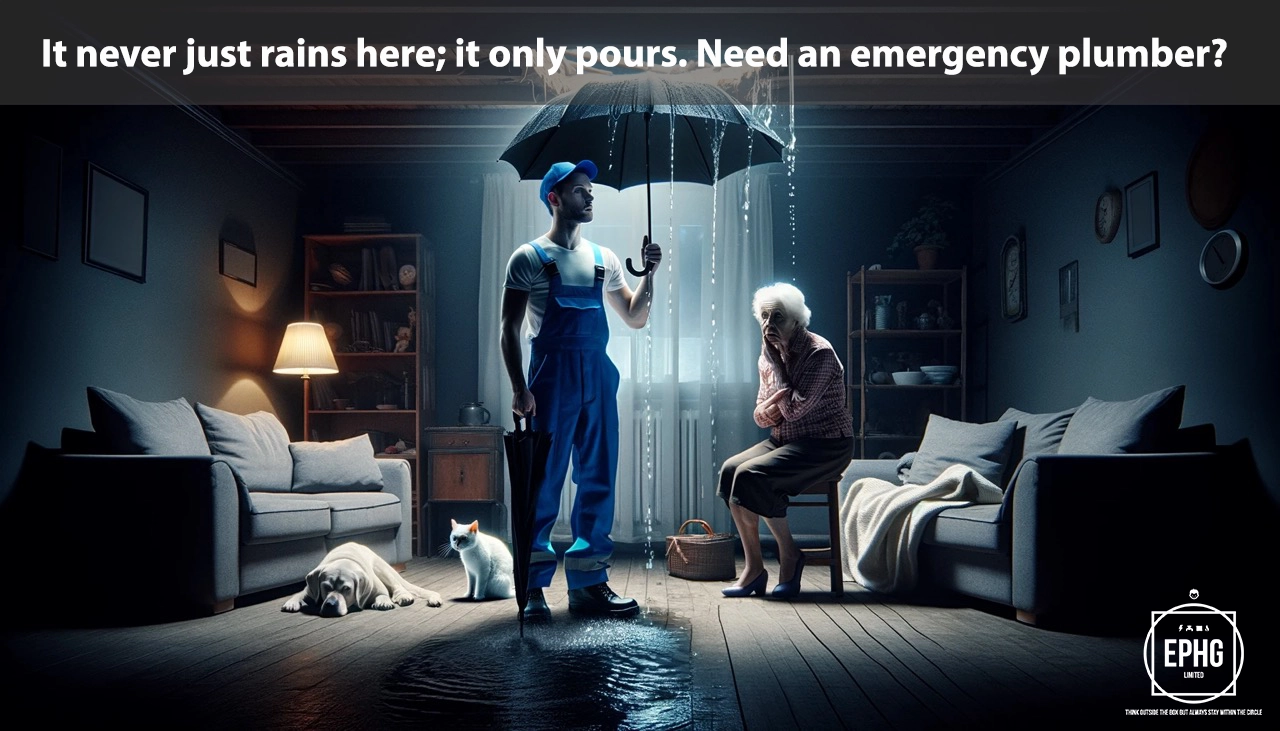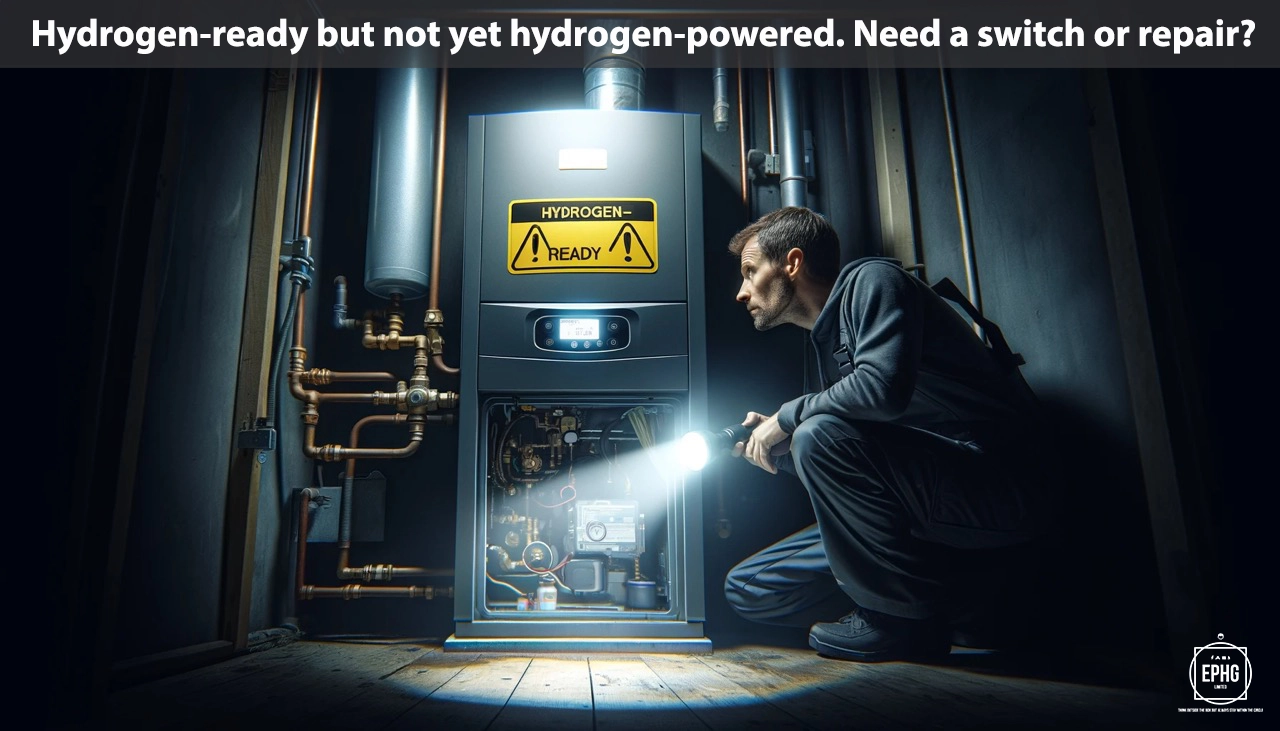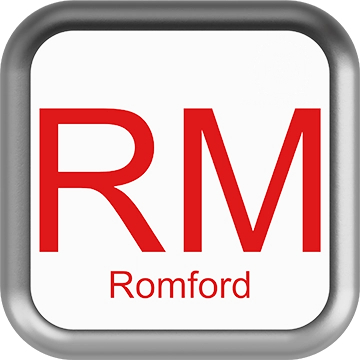
RM Postcodes for Utilities & Services in the Romford Area and Surroundings
Introduction: Situated in the heart of Essex, the RM postcode area, especially Romford, serves as a vital hub of urban and suburban development. This guide delves into the utilities servicing Romford and its adjacent areas like Dagenham, Hornchurch, and Upminster, offering residents essential insights into water, electricity, and more.
Water in the Romford Area
Where does the water supply come from in Romford and the RM postcode area?
Romford and the wider RM area draw their primary water supply from the River Thames, supplemented by smaller streams like the River Ingrebourne and the River Beam, significant to the Romford landscape. With the oversight of Thames Water and Essex & Suffolk Water, Romford benefits from robust water treatment processes ensuring safety and reliability. Despite a typically secure supply, Romford, reflecting wider Southeast England trends, faces potential water scarcity driven by changing climates and increasing demand. Effective water-saving strategies are crucial, particularly given the area's growing population and development pace.
What is the hardness & quality of the water in the Romford area?
The water hardness level in Romford and surrounding locales predominantly ranges from moderate to high due to its geological passage, which has significant implications for residents. The high mineral content, characteristic of areas like Romford, necessitates the use of water softeners for some households to prevent limescale and ensure appliance longevity. Despite this, the water quality remains within safe consumption thresholds, testament to continuous monitoring efforts ensuring health and safety standards are upheld for all Romford residents.
Electricity in the Romford Area
Where does the electric supply come from in the RM postcode area, and what is the future of energy there?
The electricity supply in the Romford area and the broader RM postcode primarily comes from the National Grid, with an increasing shift towards renewable sources. The area, while historically not as dependent on local energy production as places like Aberdeen, is embracing a transition towards sustainable energy practices. Solar panel installations, community energy projects, and local wind energy initiatives are becoming more prevalent. As Romford moves forward, it aligns with the broader London and Essex strategies aiming for a greener, more sustainable energy profile, with particular emphasis on reducing carbon emissions and enhancing energy efficiency in both residential and commercial sectors.
When is hydrogen coming to gas boilers in the Romford area?
The integration of hydrogen energy in the RM postcode, including Romford, reflects a broader national movement towards cleaner energy sources. Although specific dates for the introduction of hydrogen to residential heating remain under development, Romford is likely to participate in upcoming pilot schemes. These changes will complement existing natural gas systems, transitioning to a more environmentally friendly hydrogen framework. Residents are advised to keep abreast of local and national updates regarding this transition and to consult with local utility providers for the best practices in maintaining and upgrading their heating systems in anticipation of these future changes.
Where Does the Wastewater Go in the Romford Area
Wastewater management in Romford and surrounding locales within the RM area is a critical component of maintaining the region's environmental health. Following collection from residential, commercial, and industrial areas, wastewater undergoes rigorous treatment processes. Facilities in and around Romford are equipped with advanced technology to ensure the treated water adheres to environmental standards before being released back into local water bodies, such as the River Thames and smaller streams, safeguarding the ecological balance and public health of the community. This meticulous approach highlights Romford's dedication to sustainable urban living and environmental responsibility.
Regions and Services:
The RM postcode area, encompassing regions from the vibrant urban landscapes of Romford to the serene settings of Essex, offers a variety of environments. Here are the key regions within this area:
- Romford: Standing as the central hub of the RM postcode, Romford is renowned for its robust urban utilities development. The area boasts comprehensive electrical and gas infrastructures, reflecting its status as a key commercial and residential center in East London and Essex.
- Dagenham, Hornchurch, and Upminster: These towns blend historic charm with modern amenities. They are equipped with traditional services but are increasingly adopting modern energy solutions, including local sustainability initiatives and renewable energy projects, marking a transition towards greener living.
- Grays, Purfleet, and South Ockendon: These areas are witnessing growth in residential and industrial sectors. Alongside traditional utilities, there is a push towards environmental sustainability, with investments in renewable energy sources and community-led green projects.

Regions within the RM Postcode
Romford and Surrounding Areas
- RM1: Romford, Rise Park
- RM2: Gidea Park, Heath Park
- RM3: Harold Wood, Harold Hill, Noak Hill
- RM4: Abridge, Stapleford Abbotts, Navestock, Stapleford Tawney, Stapleford Aerodrome
- RM5: Collier Row
- RM6: Chadwell Heath, Marks Gate, Little Heath
- RM7: Rush Green, Mawneys, Romford
- RM8: Dagenham, Becontree Heath
- RM9: Dagenham, Becontree
- RM10: Dagenham, Heathway
- RM11: Hornchurch, Emerson Park, Ardleigh Green
- RM12: Hornchurch, Elm Park
- RM13: Rainham, South Hornchurch, Wennington
- RM14: Upminster, Cranham, North Ockendon, Bulphan
- RM15: South Ockendon, Aveley
- RM16: Chafford Hundred, Chadwell St Mary, North Stifford, Orsett
- RM17: Grays, Badgers Dene
- RM18: Tilbury, East Tilbury, West Tilbury
- RM19: Purfleet, South Stifford
- RM20: West Thurrock, South Stifford
Surrounding Villages and Rural Areas
- Areas surrounding the urban centers provide a mixture of residential, industrial, and green spaces, contributing to the diversity of the RM postcode region. These places offer community amenities and are connected by extensive transport networks to London and Essex, blending the tranquility of the countryside with the convenience of urban living.
